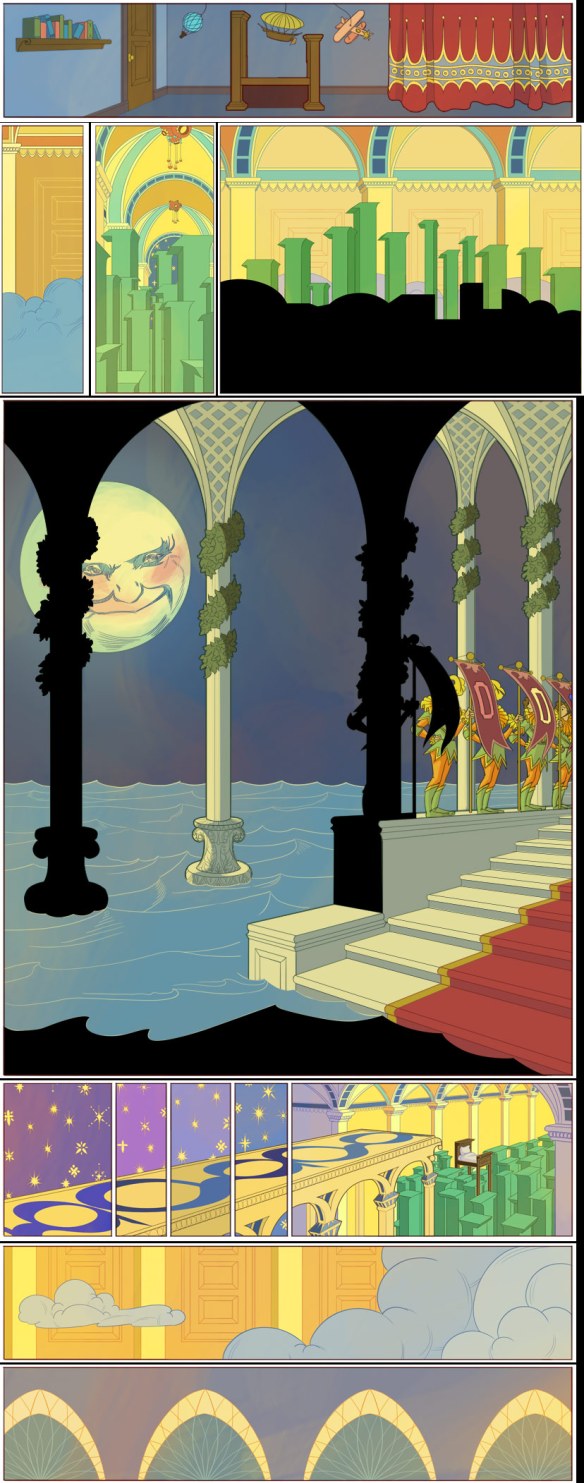Google’s Project 10 to the 10th gathered 150,000 ideas and filtered them to five great ideas listed below. Each will receive huge funding from Google:
Idea: Make educational content available online for free
The Khan Academy is a non-profit educational organization that provides high-quality, free education to anyone, anywhere via an online library of more than 1,600 teaching videos. We are providing $2 million to support the creation of more courses and to enable the Khan Academy to translate their core library into the world’s most widely spoken languages.
Enhance science and engineering education
FIRST is a non-profit organization that promotes science and math education around the world through team competition. Its mission is to inspire young people to be science and technology leaders by giving them real world experience working with professional engineers and scientists. We are providing $3 million to develop and jump start new student-driven robotics team fundraising programs that will empower more student teams to participate in FIRST
Make government more transparent
Project funded: Public.Resource.Org is a non-profit organization focused on enabling online access to public government documents in the United States. We are providing $2 million to Public.Resource.Org to support the Law.Gov initiative, which aims to make all primary legal materials in the United States available to all.
Drive innovation in public transport
Project funded: Shweeb is a concept for short to medium distance, urban personal transport, using human-powered vehicles on a monorail. We are providing $1 million to fund research and development to test Shweeb’s technology for an urban setting
Provide quality education to African students
Project funded: The African Institute for Mathematical Sciences (AIMS) is a center for math and science education and research in Cape Town, South Africa. AIMS’ primary focus is a one-year bridge program for recent university graduates that helps build skills and knowledge prior to Masters and PhD study. We are providing $2 million to fund the opening of additional AIMS centers to promote graduate level math and science study in Africa.
http://www.project10tothe100.com/
THANKS GOOGLE!
———— Joe rambles on —————-
I love the innovative spirit in contests and project like these, and also believe funding from deep pockets like Google is critical because I think in general innovations …. fail…. even in the for profit sector. However in that sector we reward success hugely, so we get a fair number of entrepreneurial “players” who are looking to win the innovation lottery, and these players tend to spin out a few good ideas among mostly bad ones.
The current USA system tends to dramatically reward success and ruthlessly kill commercial failure, which is probably a good approach to optimize business success. A common mistake by those who argue that “innovation is golden” is to only look at the few innovative projects that have had huge success (Apple Computer, Google, etc) and ignore the *thousands* of failed innovations, most of which most of us never hear about. One of the big lessons that should have been learned from the internet and real estate bubbles is that innovation does NOT foster success – it simply fosters new ideas. Most internet companies that were spawned during the bubble have failed where a few like Google have become global economic powerhouses.
But as usual I digress. THANKS Google for helping to spawn new ideas to do good. That’s cool.




